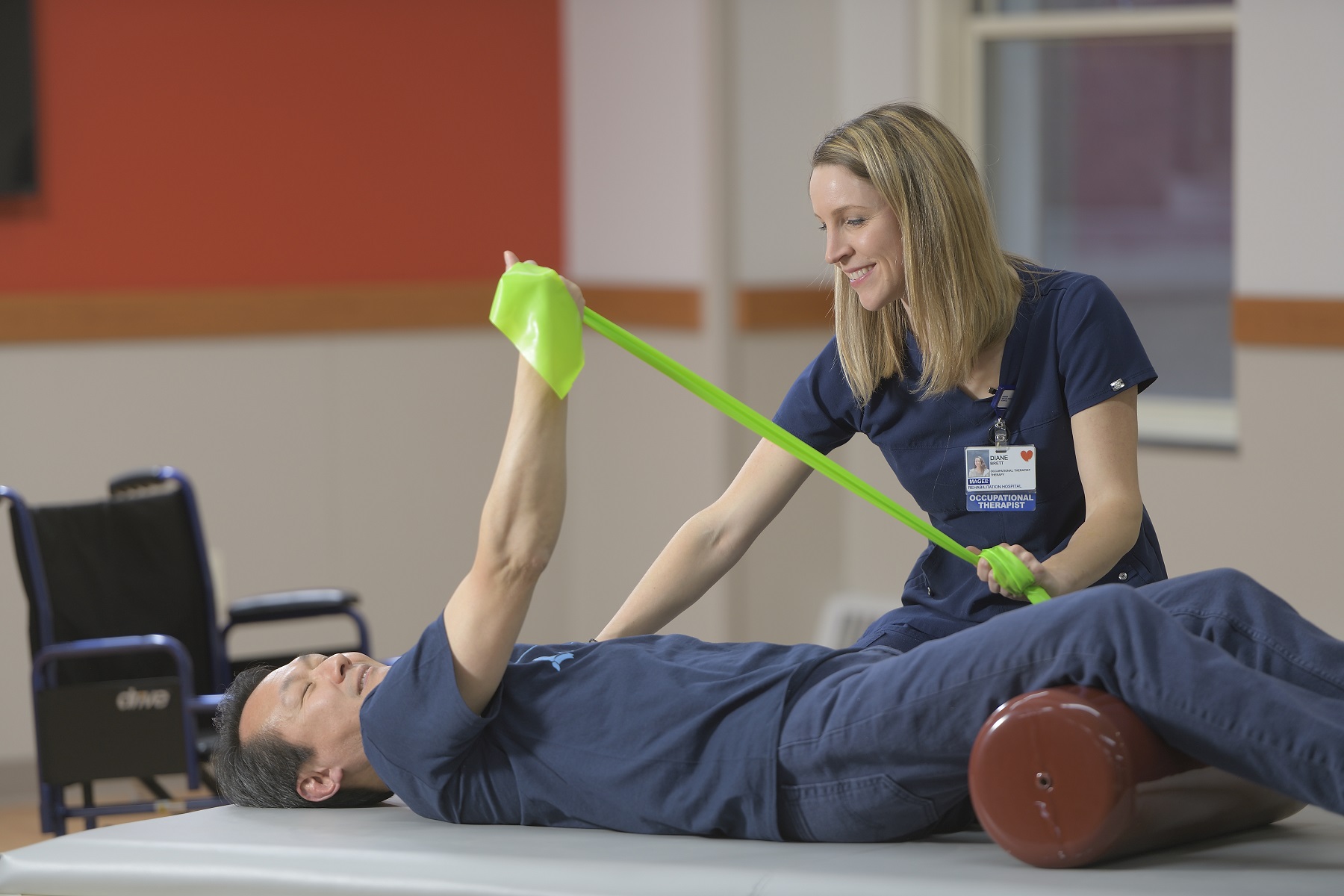Investigating the Effect of Manual Therapy Methods on Alleviating Muscle and Joint Discomfort and Enhancing Client Outcomes
Investigating the Effect of Manual Therapy Methods on Alleviating Muscle and Joint Discomfort and Enhancing Client Outcomes
Blog Article
Manual therapy techniques are hands-on approaches used by medical professionals to treat muscle and joint discomfort. These methods include different types of adjustment and mobilization of the body’s muscle tissue and articulations. The objective of hands-on therapy is to alleviate pain, enhance movement, and enhance overall performance. Many individuals suffer from musculoskeletal pain due to injuries, suboptimal alignment, or disorders like arthritis. By applying manual treatment, practitioners aim to tackle these issues and help patients regain their quality of living.
One frequent manual treatment method is vertebral adjustment. This method involves using controlled pressure to the vertebral column to enhance positioning and decrease discomfort. Studies has shown that spinal manipulation can be effective in treating lumbar back pain and neck discomfort. Another method is soft connective tissue mobilization, which concentrates on reducing tension in the muscle tissue and soft tissues. This can help reduce stiffness and enhance range of motion, making it easier for patients to move without discomfort. Both methods can be tailored to meet the specific requirements of each patient, ensuring a custom method to treatment.
In furthermore to pain relief, hands-on treatment can enhance patient outcomes in various ways. For example, it can boost circulation, which helps deliver oxygen and nutrients to the affected areas of the system. Improved blood flow can also encourage recovery and reduce swelling. Additionally, hands-on treatment can help patients develop enhanced you could try here physical consciousness, which is essential for preventing future trauma. By comprehending how their bodies move, clients can make more informed choices about their activities and alignment, leading to long-term benefits.
The effectiveness of manual therapy is often supported by patient responses. Many individuals report significant gains in their discomfort intensity and overall function after receiving treatment. This positive reaction can lead to increased drive for patients to engage in physical activity and rehabilitation programs. When patients feel improved, they are much likely to engage in their rehabilitation process, which can additionally enhance their results. This cooperative method between the therapist and the patient is crucial for attaining enduring results.
In conclusion, hands-on therapy methods play a critical role in relieving muscle and joint discomfort and improving client outcomes. By using methods such as spinal adjustment and gentle connective tissue mobilization, healthcare providers can help clients recover mobility and reduce pain. The benefits of manual treatment go further than instant pain alleviation, as it also promotes healing and encourages clients to take an proactive role in their rehabilitation. As more individuals seek effective treatments for muscle and joint concerns, hands-on treatment remains to be an essential option in the field of medicine.